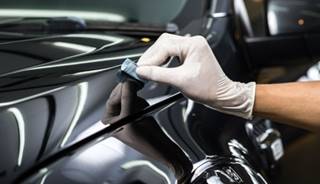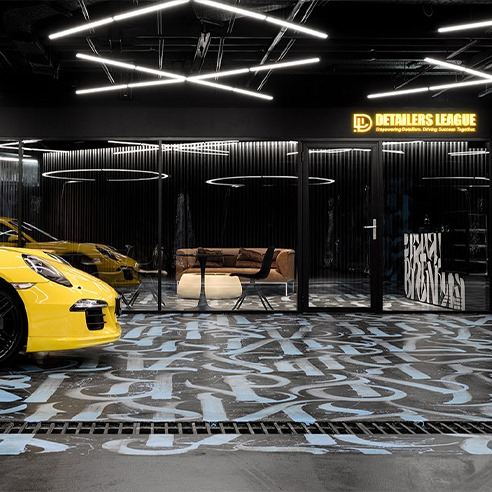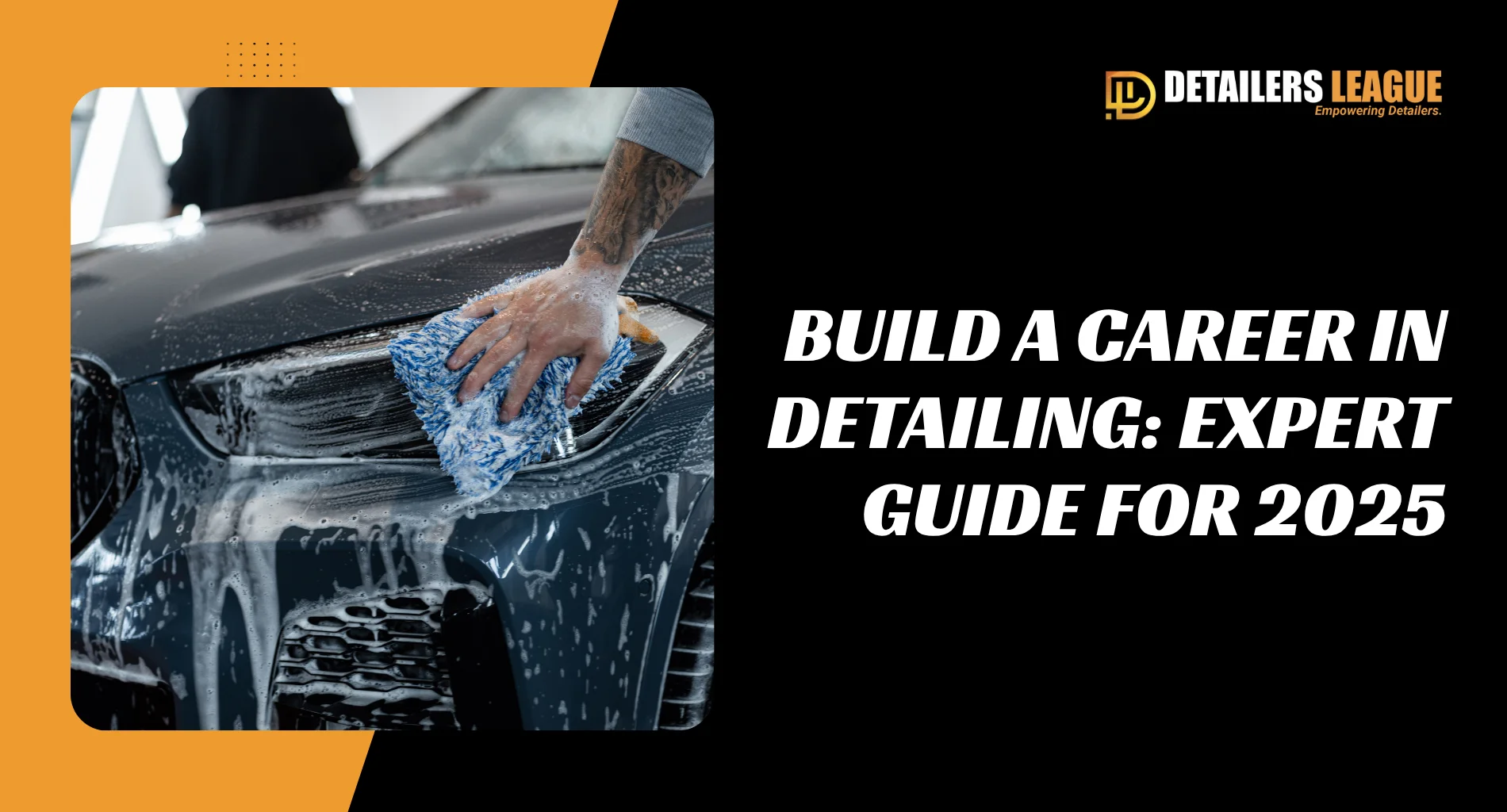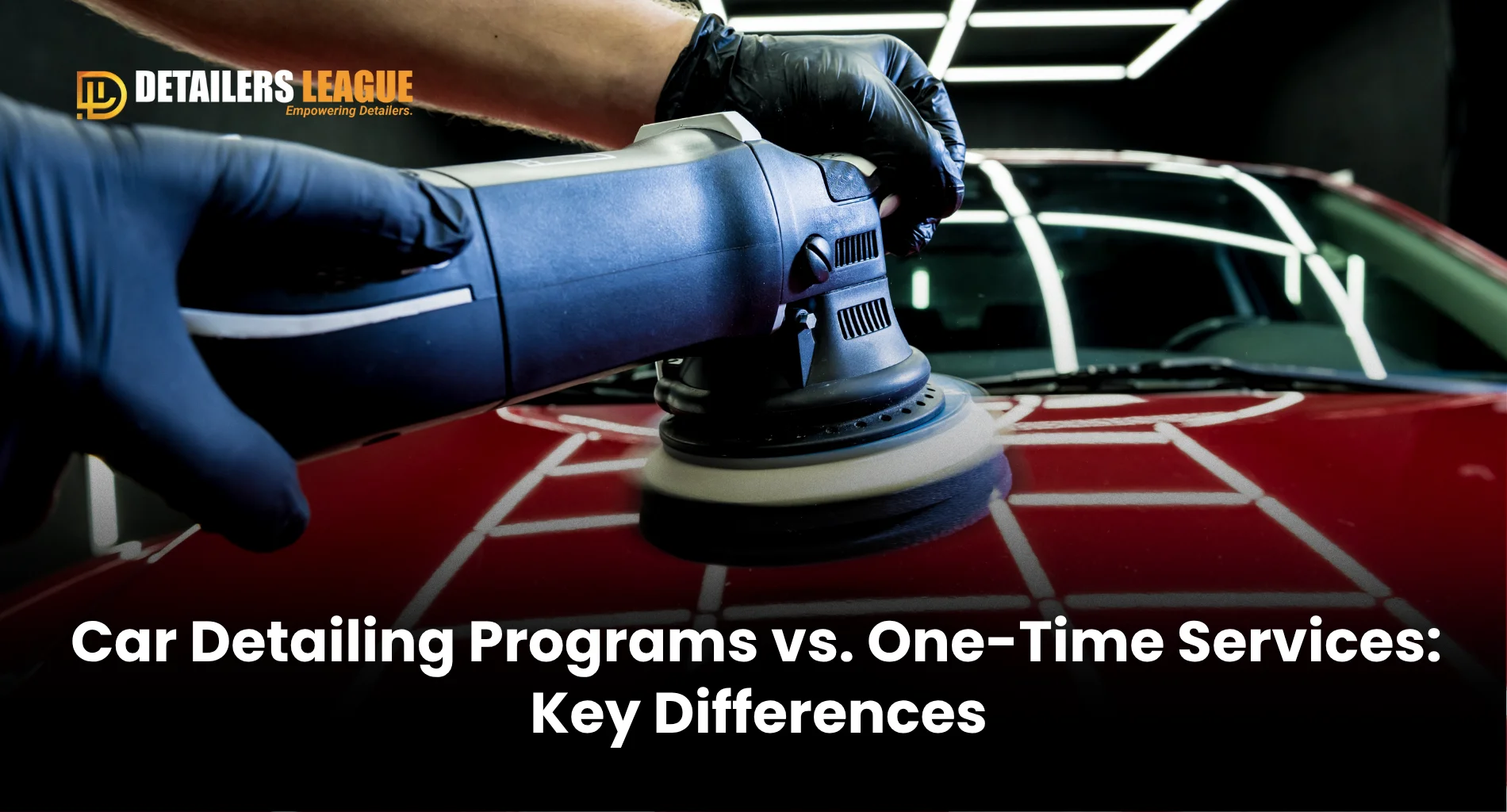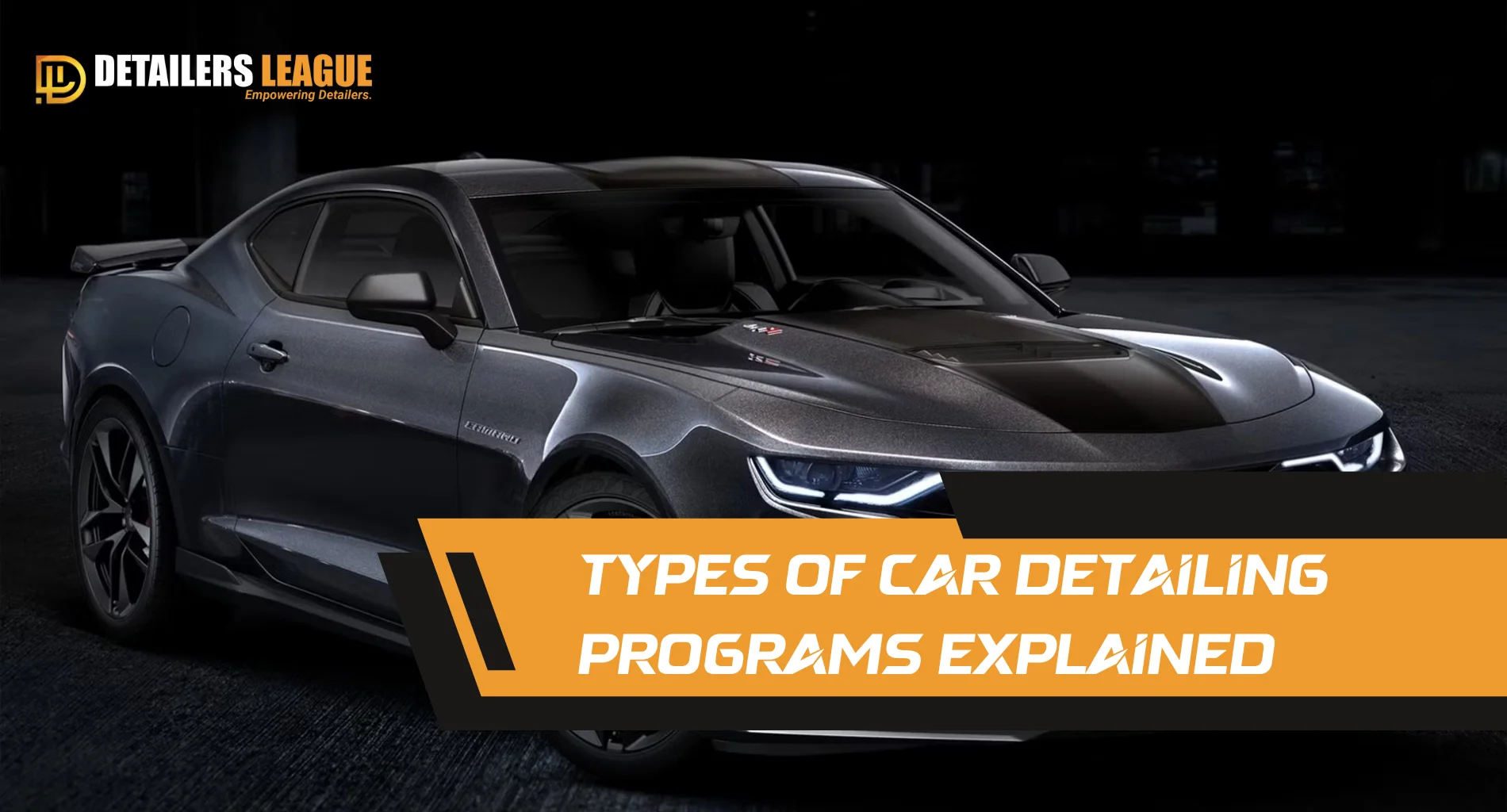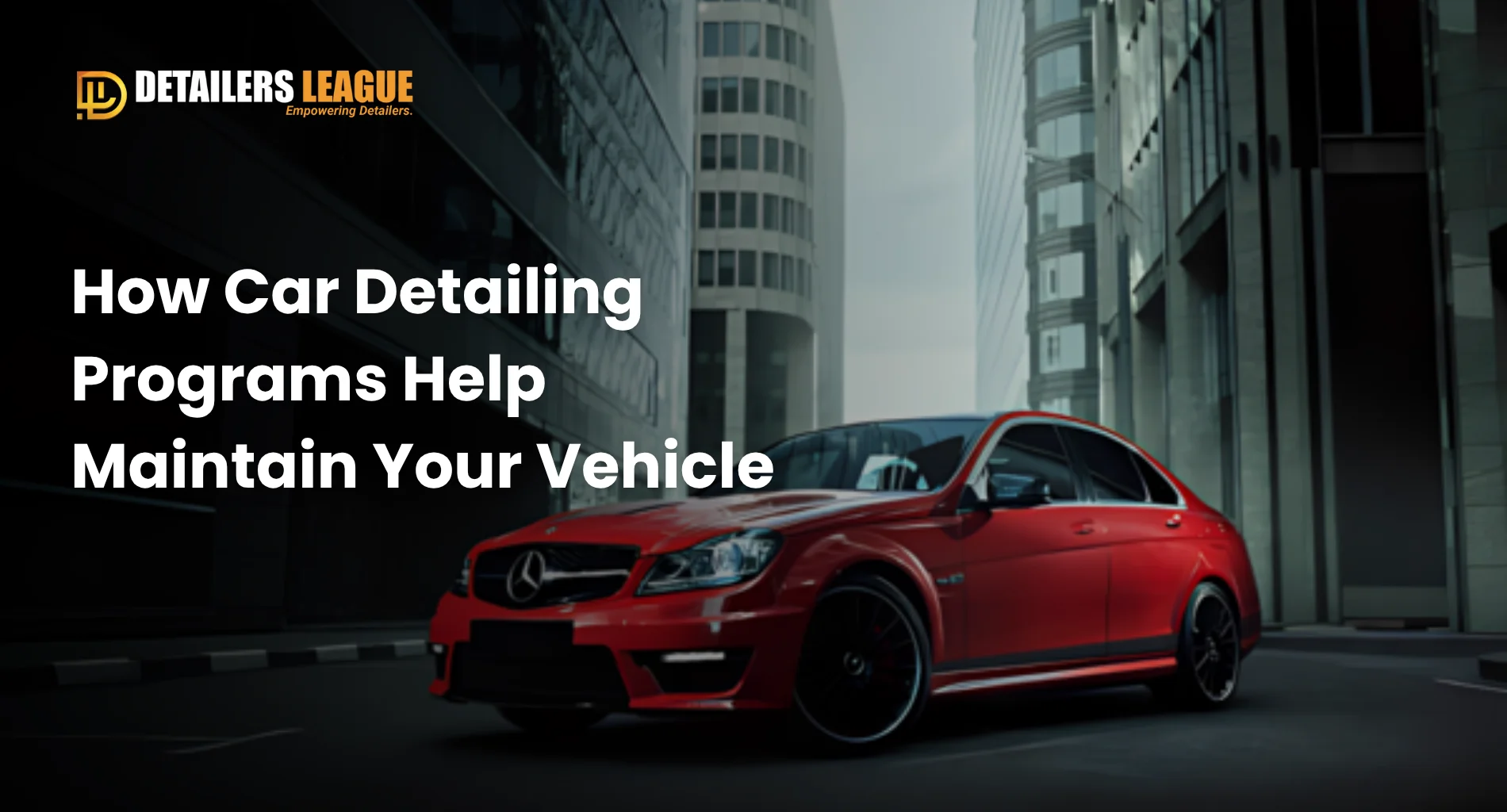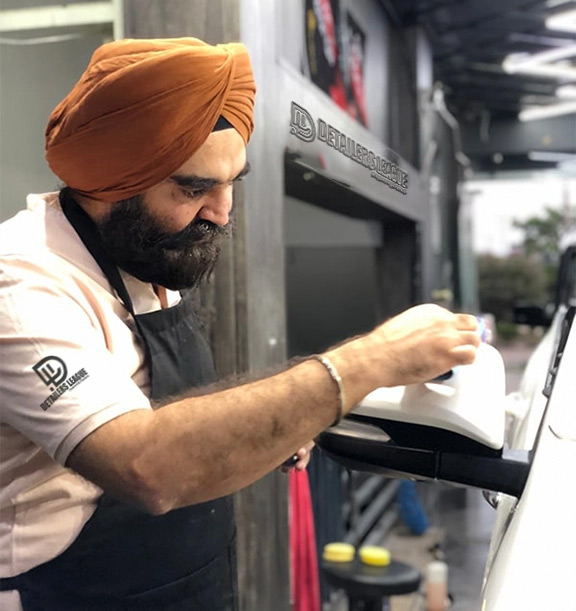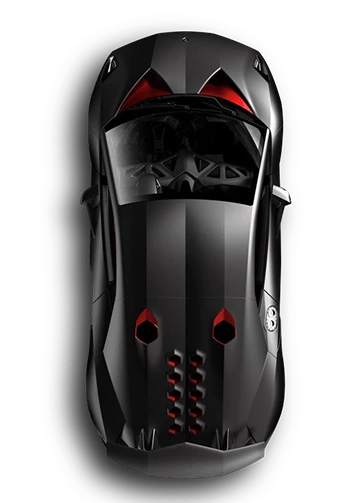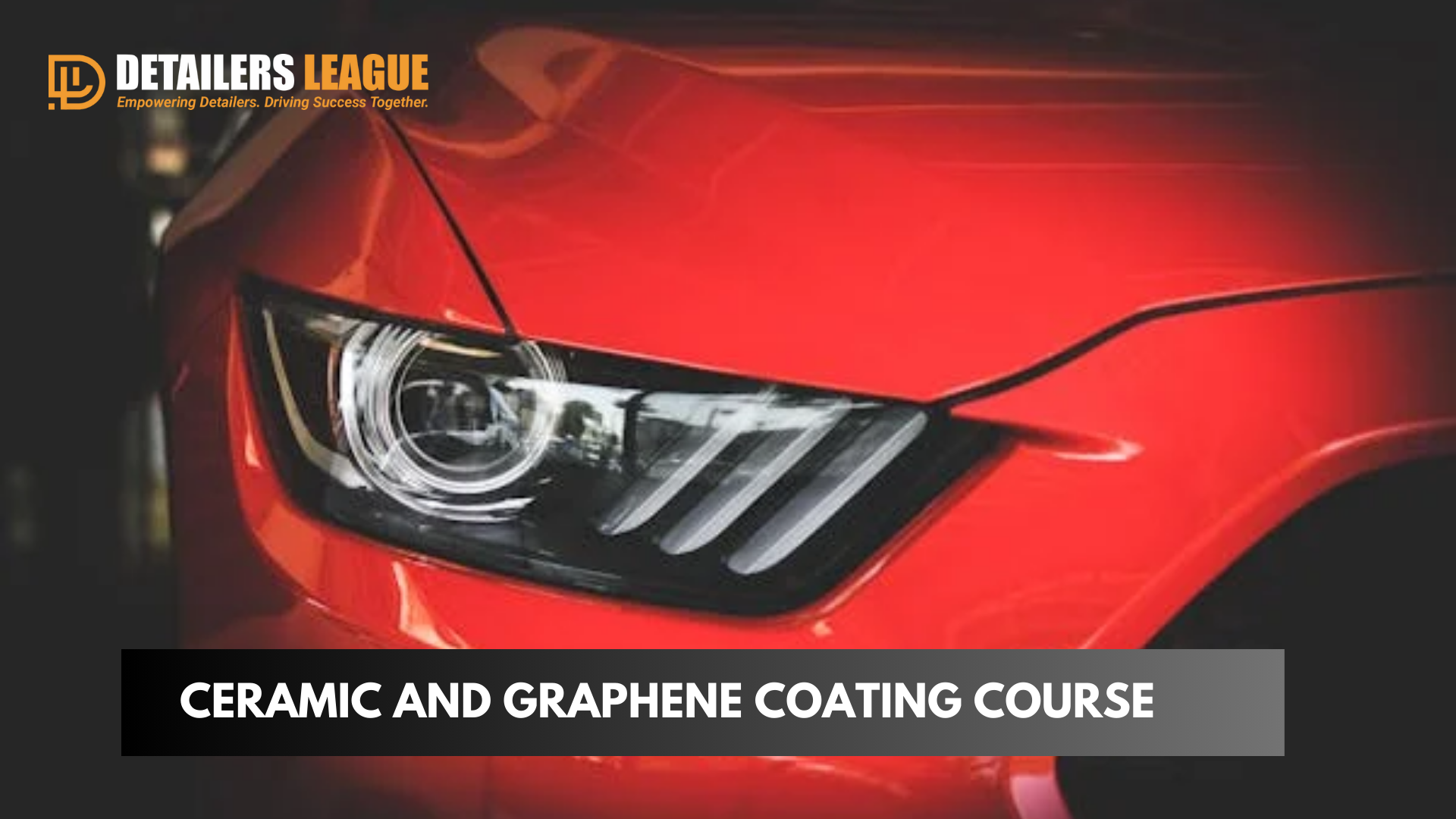
When it comes to protecting your vehicle’s exterior, both ceramic and graphene coatings have become revolutionary. Not only do they enhance the appearance of your car, but they also provide long-lasting protection. With an increasing number of people turning to these high-tech solutions, courses on ceramic and graphene coatings are in high demand. In this article, we’ll break down everything you need to know about these coatings and the specialized courses available.
What is Ceramic Coating?
Ceramic coating is a liquid polymer applied to a car’s exterior that chemically bonds with the vehicle’s paint. This bond forms a protective layer over the surface, making it highly resistant to external damage like scratches, dust, and UV rays.
History of Ceramic Coating
Ceramic coatings were originally developed for industrial use in the aerospace and marine industries. Over time, their superior properties were recognized by the automotive world, and they quickly became a go-to solution for long-term vehicle protection.
How Ceramic Coating Works
Ceramic coatings work by creating a hydrophobic surface on your car. Once applied, water, dirt, and debris will have a hard time sticking to the surface, making your car easier to clean and more resistant to corrosion and oxidation.
What is Graphene Coating?
Graphene coatings are relatively new compared to ceramic coatings but have quickly gained popularity. Made from a one-atom-thick layer of carbon atoms arranged in a hexagonal lattice, graphene offers even more advanced protective properties.
Comparison with Ceramic Coating
While ceramic coatings are known for their hardness and hydrophobic properties, graphene coatings take it up a notch. They offer better conductivity, anti-corrosion properties, and improved heat resistance.
How Graphene Coating Works
Graphene’s unique structure allows it to create a highly flexible yet durable protective layer. Unlike ceramic coatings, which can crack under extreme temperature changes, graphene coatings can withstand heat without compromising their integrity.
Benefits of Ceramic Coating
Protection Against UV Rays
One of the primary benefits of ceramic coating is its ability to protect your car from the sun’s harmful UV rays. Prolonged exposure to sunlight can cause the paint to fade, but ceramic coatings act as a shield against this.
Hydrophobic Properties
The hydrophobic nature of ceramic coatings ensures that water and dirt slide off easily, keeping your car cleaner for longer.
Improved Gloss and Shine
A ceramic coating enhances the appearance of your car by giving it a high-gloss, showroom-like shine that can last for years.
Benefits of Graphene Coating
Anti-Corrosion Properties
Graphene is incredibly resistant to corrosion, making it ideal for cars that are exposed to harsh environmental conditions like road salt or acidic rain.
Higher Durability
Graphene coatings last longer than ceramic coatings. With better durability, your car will stay protected for a longer time, reducing the need for frequent reapplications.
Heat Resistance
Unlike ceramic coatings, graphene can endure higher temperatures, which makes it a superior option for vehicles in hot climates.
Ceramic vs. Graphene Coating: Key Differences
Longevity and Durability
While both coatings offer long-lasting protection, graphene tends to outlast ceramic, thanks to its advanced molecular structure.
Application Process
Both coatings require a thorough cleaning and preparation of the car’s surface, but graphene can be slightly easier to apply due to its flexible nature.
How to Apply Ceramic Coating: Step by Step
- Wash and dry the vehicle thoroughly.
- Use a clay bar to remove any contaminants.
- Apply the ceramic coating in small sections using an applicator pad.
- Let the coating cure for the recommended time.
- Buff off any excess residue with a microfiber cloth.
How to Apply Graphene Coating: Step by Step
- Clean and decontaminate the car surface.
- Apply the graphene coating evenly with an applicator.
- Wait for the curing time, usually shorter than ceramic.
- Use a microfiber cloth to remove excess and achieve a smooth finish.
Common Mistakes in Applying Coatings
Improper Surface Preparation
Skipping the essential step of surface preparation can lead to poor results, as the coating won’t bond effectively.
Over-application
Using too much product can result in streaks or uneven coverage, which diminishes the protective properties of the coating.
The Future of Automotive Coatings
With continuous advancements in nanotechnology, the future of automotive coatings looks promising. Expect to see more durable, self-healing coatings that can offer even better protection for vehicles.
Who Should Take the Ceramic and Graphene Coating Course?
This course is perfect for automotive enthusiasts, detailers, and anyone interested in protecting vehicles using advanced technology. Whether you’re a professional looking to expand your skill set or a hobbyist wanting to maintain your own car, these courses provide valuable knowledge.
What Will You Learn in the Course?
Hands-on Training
Most courses offer hands-on experience, allowing you to practice applying both ceramic and graphene coatings on real vehicles.
Product Knowledge
You’ll gain a deep understanding of the different types of coatings, their benefits, and their limitations.
Surface Preparation Techniques
Surface preparation is critical to the success of any coating. The course covers the best practices for cleaning, decontaminating, and prepping surfaces for optimal results.
Benefits of Getting Certified in Ceramic and Graphene Coating
Career Opportunities
Certification opens doors to various job opportunities in the automotive detailing and repair industry.
Increased Earning Potential
With specialized skills, you can charge a premium for coating services, significantly boosting your income.
Where to Find the Best Ceramic and Graphene Coating Courses
Online vs. In-Person Courses
While online courses offer convenience, in-person training often provides more hands-on experience, which is crucial for mastering coating application.
Accredited Institutions
Be sure to enroll in courses from accredited institutions or recognized industry professionals to ensure you’re receiving high-quality training.
Conclusion
Ceramic and graphene coatings are revolutionizing vehicle protection, and the demand for skilled applicators is growing rapidly. Whether you’re looking to enhance your own car or start a career in detailing, taking a course on these coatings can set you on the path to success.

